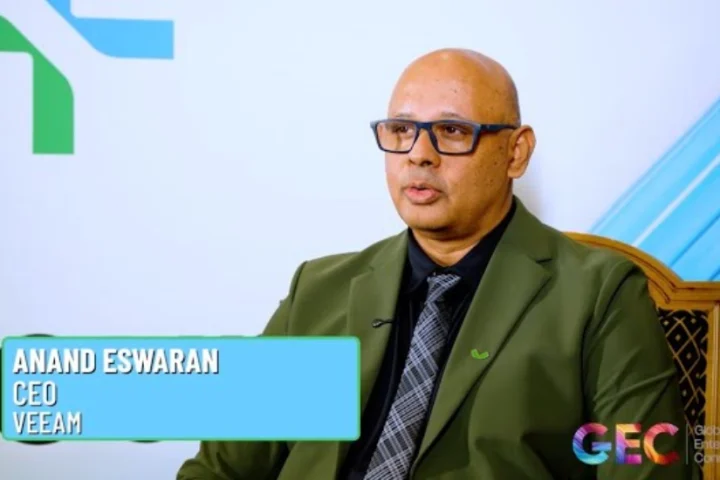Fujitsu Laboratories and Fujitsu Limited developed a technology that can automate the design of magnetic material geometries, using AI to minimize energy loss. To design magnetic materials, which are common components in electronic devices, developers previously worked under conditions where they had to spend large amounts of time and money conducting tests based on trial and error.
The new technology automates and digitizes the development of prototypes, significantly improving R&D efficiency. In addition, this technology is expected to enable geometric designs for magnets, even without specialized expertise, in a variety of R&D fields, such as power electronics and electric vehicle motors. Fujitsu aims to make design services incorporating this technology available through the cloud in 2020.
Through the use of AI, Fujitsu and Fujitsu Laboratories have now developed technology to automate the design of geometries that minimize magnetic loss in virtual space.
With this technology, it has become possible to accurately compute the distribution of eddy currents that flow through an inductor by formularizing the dielectric effects of ferrite microstructures, which are the main magnetic materials used as inductor materials. This makes it possible to accurately compute the size of eddy current loss, which is the primary cause of ferrite magnetic loss.
By linking the newly developed magnetic loss simulation with a genetic algorithm, Fujitsu Laboratories and Fujitsu developed a formula to automatically find geometric parameters (dimensions for each part of the magnetic material’s shape) that minimize magnetic loss.
Fujitsu Laboratories and Fujitsu aim to make design services incorporating this technology available through the HPC cloud for scientific calculations in fiscal 2020. In addition, they aim to further develop this AI technology, enabling the creation of magnetic design geometries without specialized expertise by linking it with materials informatics




















